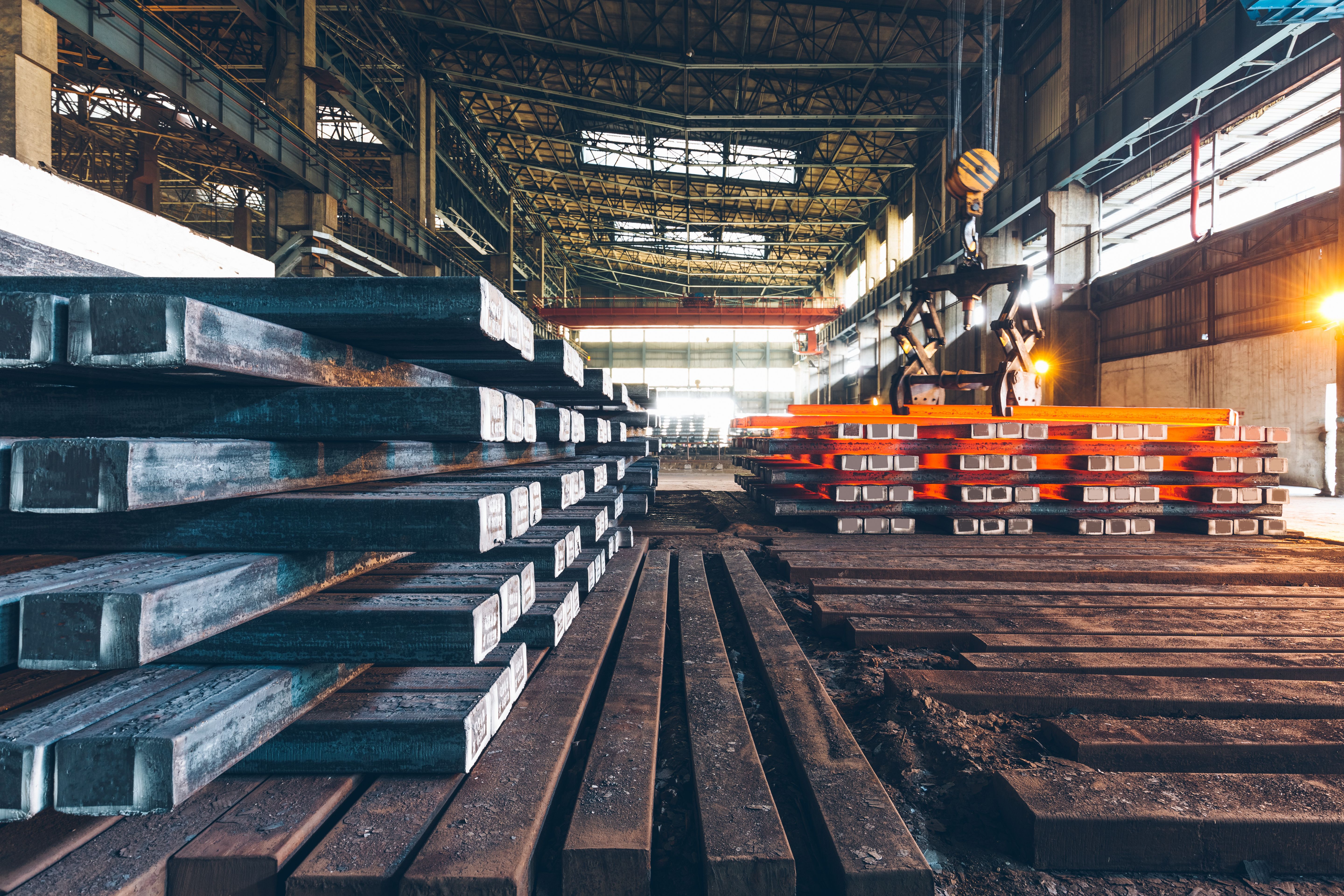Bessel Beam-LIBS Enables Efficient Classification of Uneven Steel Samples
A research team has developed a novel approach using Bessel beam-laser induced breakdown spectroscopy (LIBS) for the classification of uneven steel samples, providing rapid and accurate results. The study highlights the potential of Bessel beam-LIBS as a valuable tool for efficient steel analysis, offering significant applications in the steel industry.
Steel is a vital material in various industries, and accurately classifying steel grades is crucial for quality control. Conventional methods for steel analysis are time-consuming and complex, limiting their efficiency. However, a recent study published in the Journal of Analytical Atomic Spectrometry presents a novel approach that combines laser-induced breakdown spectroscopy (LIBS) with a Bessel beam to rapidly and accurately classify uneven steel samples (1). Researchers from Huazhong University of Science and Technology in Wuhan, China, successfully demonstrated the potential of Bessel beam-LIBS for industrial inspection, offering an effective solution for steel classification on uneven surfaces.
interior view of a steel factory,steel industry in city of China. | Image Credit: © fanjianhua - stock.adobe.com

A Bessel beam is a type of laser beam characterized by its unique propagation properties. Unlike conventional Gaussian beams, which narrow and diverge as they propagate, Bessel beams maintain their intensity distribution over a long distance, making them non-diffracting beams. This is achieved through the interference of multiple plane waves with different phases, resulting in a central bright core surrounded by concentric rings. Bessel beams have a long focal depth, meaning they can maintain their focus and intensity over a larger working distance compared to Gaussian beams. This property makes Bessel beams well-suited for applications requiring extended depth of field or when working with uneven or rough surfaces, such as in the classification of uneven steel samples.
LIBS with a Gaussian beam has been widely utilized in steel analysis due to its speed and precision. However, the requirement for a flat sample surface hinders its applicability in scenarios where the surface is uneven. The Bessel beam, known for its non-diffraction properties and extended focal depth, presents a viable solution to address the issue of defocusing caused by uneven sample surfaces. The research team developed a classification model for alloy steel samples using a Bessel beam-LIBS system, specifically designed for industrial field inspections.
In the study, a comprehensive dataset comprising 510 LIBS spectra of 17 different alloy steel samples was collected using both Gaussian beam and Bessel beam configurations. The team compared the recognition accuracies of the alloy steel samples between the two systems. Notably, the spectra obtained using the Bessel beam-LIBS system exhibited distinct discrimination of uneven steel samples when employing support vector machines (SVMs) as the classification model. The average accuracy achieved with the Bessel beam-LIBS system exceeded 93.17%, outperforming the Gaussian beam configuration.
This groundbreaking research highlights the significant potential of Bessel beams in detecting and classifying samples with uneven surfaces, providing a valuable tool for efficient and reliable industrial inspection processes. By combining the advantages of LIBS technology with the unique characteristics of Bessel beams, the classification of steel grades can be performed swiftly and accurately, enhancing quality control measures in the steel industry. The findings pave the way for future advancements in laser-based spectroscopy techniques and their application in diverse material analysis fields.
Reference
(1) Yan, W.; Lv, J.; Zhu, C.; Li, Q.; Chen, J.; Kang, L.; Lu, B.; Li, X. Classification of uneven steel samples by laser induced breakdown spectroscopy based on a Bessel beam. J. Anal. At. Spectrom. 2023, ASAP. DOI: 10.1039/D3JA00064H
Laser Ablation Molecular Isotopic Spectrometry: A New Dimension of LIBS
July 5th 2012Part of a new podcast series presented in collaboration with the Federation of Analytical Chemistry and Spectroscopy Societies (FACSS), in connection with SciX 2012 — the Great Scientific Exchange, the North American conference (39th Annual) of FACSS.